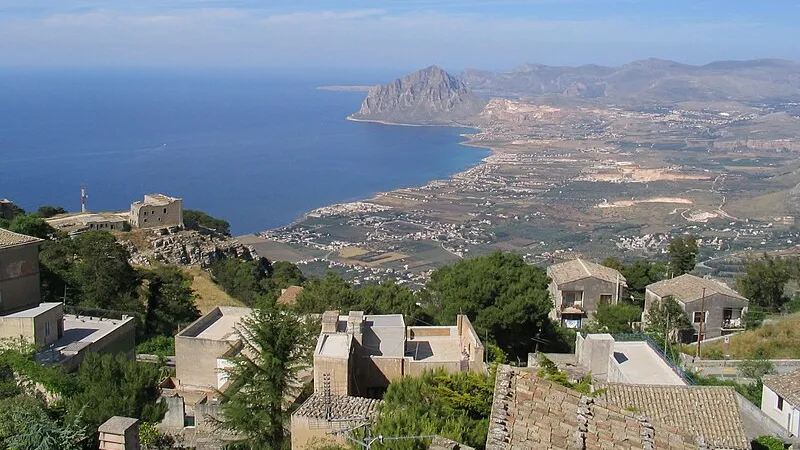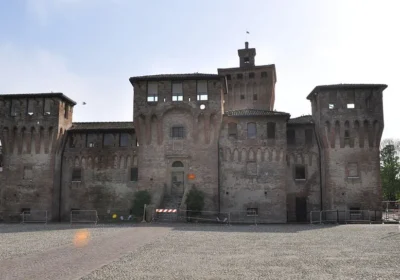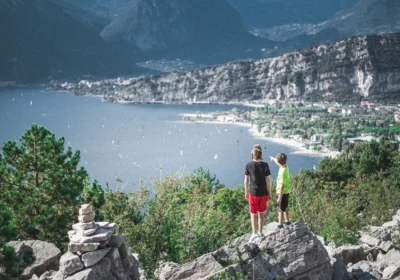Eriche city tour.
Eriche is a small town in Silicia, lost high in the clouds. The town was built on the very top of a high mountain dominating the coastal plain. The roots of its origins are lost in legendary antiquity. But despite this, the charm of the Middle Ages has survived to this day. The city of Erice is not called legendary for nothing. For it is the legend that tells us the story of its appearance: Once upon a time, long ago, the son of the goddess of love and fertility, Eryx, looked up at the top of a high mountain, constantly washed by white fluffy clouds. This place and its marvellous panoramas so charmed the hero that he decided to build a city on this place. The name of the city was given in honour of its founder – Erice. The creator of the first wings was able to find a permanent shelter in the ancient city. Even the legendary Hercules – the son of Zeus, returning from his exploits, stopped in Erice to restore his strength.
But these are legends. But what do historians tell us? They say that the first building on the top of Mount San Giuliano was a Phoenician pagan sanctuary dedicated to Astarte, the goddess of fertility. The date of its construction is still unknown. Later, the Elim, who were refugees from the fallen Troy, reached the shores of the island. They found the mountain quite suitable for the foundation of their new settlement. The first historical references to the Elims in Sicily date back to the 5th century B.C.
The cathedral is located in the Cathedral Square. Its erection took place during the reign of King Frederick III of Aragon. The main construction took place in the first half of the 14th century.
The Castle of Venus is located about 750 metres south-east of the Cathedral of the Assumption of the Virgin Mary. It was built in the 12th century by the Normans on the site of another ancient pagan sanctuary dedicated to the goddess Venus.
The oldest Catholic church in Erice is located on the square of the same name. It was erected in 1339 and has undergone a number of major transformations over time.
The Church of St Peter is located to the east of the Cathedral. It was begun in 1365 by Pope Urban V.
The Antonio Cordici Municipal Museum, located in the municipal building, is also worth seeing. It displays collections of archaeological finds from the 5th century BC, paintings and sculptures. Of particular note are the marble composition “Annunciation” by Antonello Gaggini, dating from 1525, and a small head from the statue of Venus.
The city walls of Erice are not badly preserved. They are also called Elimo-Phoenician or Punic walls. They were erected from VIII to III centuries BC. For some time they completely closed the city from the north-east. This was the only side that could be attacked. Today you can still see the Phoenician inscriptions preserved on the walls.

















